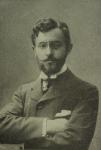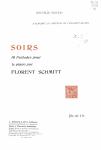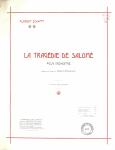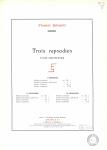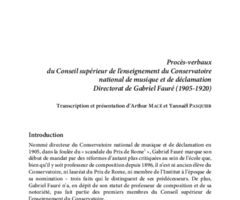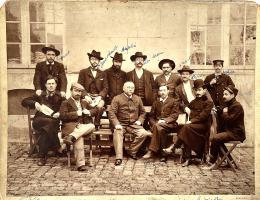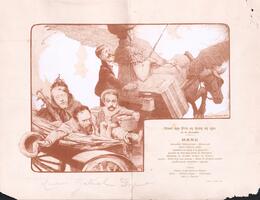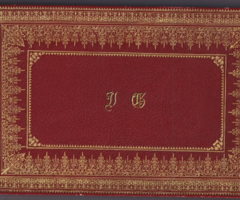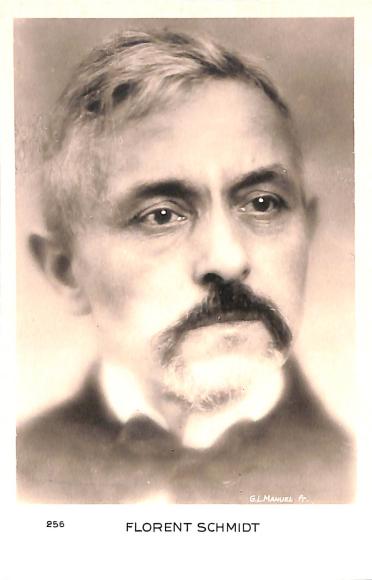
Florent SCHMITT
1870 - 1958
Composer
After receiving his early training in his native Lorraine, Florent Schmitt entered the Paris Conservatoire in 1889, where he studied with Dubois, Lavignac (harmony), Massenet and Fauré (composition). In 1900, at his fourth attempt, he won the Prix de Rome and left for the Villa Medici, where he completed his first major work, the monumental Psaume XLVII for soprano, choir, organ and orchestra (1904). Marked by the Impressionist and Symbolist movements, influenced by Debussy as much as by Chopin, he developed a very personal language: vigorous and flamboyant, readily sensual, often complex, combining skilful counterpoint, refined harmony, dynamic rhythms and lush orchestration. In that respect, he occupied a prominent position in the French modernist movement of the first half of the twentieth century. The most outstanding works in his impressive catalogue include his Piano Quintet, the ballet La Tragédie de Salomé, the style of which anticipates Stravinsky’s The Rite of Spring, as well as three symphonies and several orchestral suites (Antoine et Cléopâtre, Le Petit Elfe Ferme-l'œil, Salammbô and Oriane et le Prince d'Amour). Opposed to any notion of school or academicism, he ardently defended his ideas in his writings as a music critic for Le Temps (1929-39) and was a co-founder of the Société musicale indépendante (1909) with Ravel, Fauré, Vuillermoz, Aubert, Koechlin and Huré. Despite his ideas, he nevertheless pursued an institutional career, notably as director of the Lyon Conservatoire (1921-1924) and the Académie des Beaux-Arts (1936).
Scientific publications
Publication
Lettres de compositeurs à Camille Saint-Saëns
Symposia
Henri Rabaud et son temps
Student of

Composer, Organist
Théodore DUBOIS

Composer, Pianist
Albert LAVIGNAC

Composer, Pianist
Jules MASSENET

Composer, Organist, Pianist
Gabriel FAURÉ
Useful links
Permalink
publication date : 13/12/23






